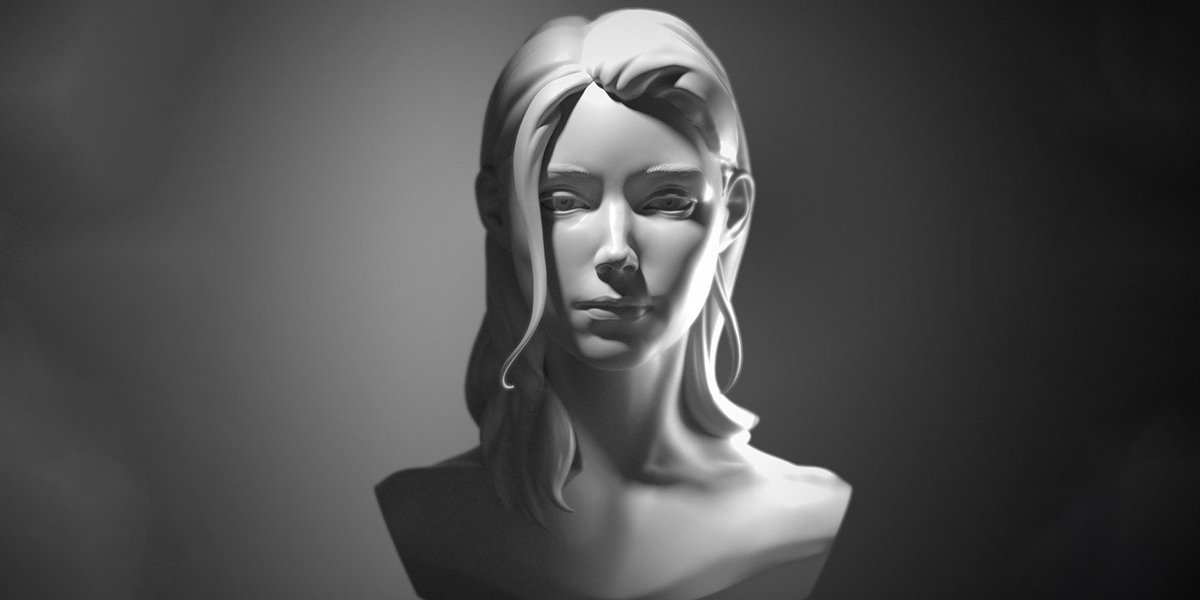
Nose Aesthetics , medically known as rhinoplasty, is the surgical correction of the nose structure. Rhinoplasty can be performed for aesthetic and functional reasons. The procedure may include changes such as changing the size of the nose, shaping the tip of the nose, correcting protrusions or depressions in the bridge of the nose, and adjusting the size of the nostrils.
Rhinoplasty can also be performed to repair some congenital deformities or damage resulting from an injury. From a functional perspective, this type of surgery can also be performed to facilitate breathing. For example, if the septum inside the nose is crooked (septum deviation), breathing problems may occur and rhinoplasty can correct this problem.
Contents
Who should prefer nose aesthetics?
Nose aesthetic (Rhinoplasty) can be preferred by different people for aesthetic and functional needs. Here are some individuals who choose to consider this surgery:
Aesthetic Concerns: If the shape, size or disproportion of the nose bothers the person and affects his or her self-confidence, rhinoplasty may be preferred for aesthetic correction.
Functional Problems: Some people may experience breathing difficulties due to structural problems within the nose. This may be caused by a medical condition such as a deviated septum. Rhinoplasty can correct such problems.
After Accident or Injury: Facial injuries can cause deformities, especially in the nose area. Rhinoplasty can correct the shape of the nose after such traumatic situations.
Need for Revision: People who are dissatisfied with a previous rhinoplasty surgery or encounter unexpected results may prefer revision (correction) surgery.
Why is choosing a doctor important for rhinoplasty surgery?
Choosing a doctor in rhinoplasty is an extremely important step, as it can have a huge impact on both aesthetic and functional results. Here are some reasons why choosing a doctor is so important:
Experience and Expertise: Rhinoplasty is a complex surgical procedure, and the surgeon’s experience plays an important role in achieving the patient’s desired results. An expert surgeon will be more adept at achieving the best results for the patient’s facial structure.
Safety: A qualified and experienced doctor will minimize the risk of possible complications during and after the surgical procedure. A doctor who works in accordance with safety protocols will help protect the patient’s health.
Personalized Approach: Each patient’s facial structure, expectations and needs are different. A specialist doctor will have the knowledge and skills to evaluate the patient’s individual situation and create the most appropriate treatment plan.
Aesthetic Results: Rhinoplasty can also be performed to meet aesthetic expectations. An experienced surgeon should know how to achieve natural-looking results that are compatible with other features of the patient’s face.
Communication and Trust: Open and honest communication between doctor and patient helps clearly express expectations and concerns. The patient’s trust in his doctor can help make the surgery process less stressful.
Licenses and Certifications: Choosing a doctor with relevant licenses and certifications demonstrates that the surgeon has completed his or her training and adheres to professional standards.
Reviewing Previous Work: Examining the doctor’s previous work can give the patient an idea about the doctor’s abilities and aesthetic sense.
For these reasons, the choice of doctor for a serious surgical procedure such as rhinoplasty should be a reliable and skilled professional who can meet the patient’s expectations. Patients should research their doctors carefully, check their references, and try to have an open dialogue before surgery.
What preparation should I make before rhinoplasty?
Preparations before rhinoplasty surgery can lay the foundation for a successful operation and a smooth recovery process. Here are some preparation steps to consider before rhinoplasty surgery:
Consultation with the Doctor: Have a detailed conversation with your doctor and talk about the purpose of the surgery, your expectations, concerns and possible risks. Your doctor may want to learn about your medical history, allergies, and medications you use.
Stop Smoking and Alcohol Use: Smoking before and after surgery can slow the healing process and increase the risk of complications. Likewise, since alcohol can also increase bleeding, it may be a good idea to limit or completely stop alcohol intake for a few weeks before surgery.
Stop Use of Certain Medications and Supplements: Some medications and supplements can increase bleeding during surgery. Your doctor will guide you on which medications and supplements you should not use before surgery.
Adequate Nutrition and Hydration: A healthy diet before surgery can help the body get the nutrients necessary for the healing process. It is also important to drink plenty of water.
Surgery Day Preparation: Prepare the necessary documents and personal items for the day of surgery. Consider transportation because you will probably not be able to drive after surgery.
Prepare the Recovery Environment at Home: Prepare a comfortable recovery environment at home after surgery. Think ahead about things you might need, such as pillows, ice packs, easy-to-prepare meals.
Prior Laboratory Tests: Your doctor may order certain laboratory tests before surgery. These are usually done to assess the patient’s general health condition.
Emotional Preparation: Surgical procedures can also be emotionally difficult, so it is important to understand what surgery means and be aware of your support systems (family, friends, etc.).
Preparation for Anesthesia: General anesthesia is usually used, so you may need to not eat or drink for a certain period of time on the day of surgery.
At what age is rhinoplasty performed?
Generally, the best time for rhinoplasty surgery is after adolescence, when nose growth is completed. This usually falls between the ages of 16-17 for girls and 17-18 for boys. Incomplete nasal growth can cause results to vary over time, so surgeons usually wait for this period.
How is nose aesthetics done?
Nose aesthetics, or rhinoplasty, is a complex surgical procedure and may differ depending on the specific needs of each patient and the method preferred by the doctor. However, in general the process includes the following steps:
Anesthesia: Rhinoplasty is usually performed under general anesthesia, but in some cases local anesthesia may also be used. This ensures that the patient does not feel any pain or discomfort during the procedure.
Making Incisions: Rhinoplasty can be done with two main techniques: open and closed. In the case of open rhinoplasty, incisions are made under the tip of the nose and in the inner nostrils, allowing the doctor to better view the internal structure. Closed rhinoplasty, on the other hand, involves making all incisions inside the nose, leaving no externally visible scars.
Shaping the Structure: After the incisions are made, the doctor reshapes the nasal cartilage and bones. This may be done to change nose size, correct a hump, or reshape the tip of the nose.
Functional Adjustments: If the patient has a breathing problem, such as a deviated septum, the doctor can correct these problems as well.
Stitching: Once the reshaping is complete, the doctor puts the nose skin back in place and stitches the incisions. If there are visible cuts on the outside, these areas are also carefully stitched so that the scar is as little visible as possible.
Taping and Casting: After surgery, the nose is fixed with tapes to reduce swelling and maintain its new shape. A cast may also be applied to help keep the bones in place during the healing process.
Recovery: The patient will need to rest for a few weeks after rhinoplasty and follow a specific care procedure. This is important to reduce swelling, bruising and achieve the best result.
How many hours does rhinoplasty surgery take?
The duration of rhinoplasty surgery may vary depending on the complexity of the surgery, the scope of the adjustments to be made, the techniques used and the experience of the surgeon.
Generally, rhinoplasty surgery takes between 1.5 and 3 hours. In more complex cases, such as when a previous surgery needs to be corrected or additional functional adjustments need to be made, the procedure may take longer.
This period covers only the surgical procedure; The total time spent in hospital, including preparation and postoperative observation, may be longer.
What kind of process awaits me after rhinoplasty surgery?
The process after rhinoplasty surgery may vary depending on the individual situation of each patient and the complexity of the procedure. However, it usually includes the following stages:
First Days After Surgery: Swelling, bruising and discomfort are normal during the first few days. Your doctor may prescribe it to control pain and discomfort. Tampons placed inside the nose or a plaster applied to the outside can help maintain the shape.
First Week Healing: Cast and/or bandages can be removed within the first week. The swelling and bruising will begin to decrease, but it may take several weeks for it to disappear completely.
First Month Recovery: You may be able to return to normal daily activities within the first month, but you may need to avoid intense exercise. It is important to follow your doctor’s specific instructions.
3-6 Months Recovery: During this period, nasal tissues continue to heal and swelling decreases further. It may take several months for the final result to appear after rhinoplasty.
1 Year and Later: The nose can take its final shape and the tissues can heal completely. This is the time when the full results of the surgical intervention can be evaluated.
Some important points you should consider in the immediate post-surgery period:
- Follow your doctor’s instructions carefully, as this can both speed up the healing process and reduce the risk of complications.
- Try to keep your head elevated, especially while sleeping, as this can help reduce swelling.
- Avoid heavy lifting and intense exercise.
- Avoid sun exposure for the first few weeks as this may cause swelling to last longer.
What are the Risks and Complications of Surgery?
There may be risks such as infection, bleeding, and healing problems. In this case, you can contact our clinic without hesitation.
What Techniques Will Be Used? Closed or Open?
Two techniques can be used depending on the patient’s needs and the surgeon’s preference.
What are the Advantages and Disadvantages of Having Surgery in a Different City or Country?
There may be cost advantages, but it may create difficulties in terms of postoperative follow-up.
What should I pay attention to after rhinoplasty surgery?
Some important points you should pay attention to after nose aesthetics (rhinoplasty) surgery may be:
Following Doctor’s Instructions: Your doctor will provide specific instructions appropriate to your specific condition. These may include medication use, dressing changes, face washing instructions, and more.
Physical Activity Restrictions: You should avoid heavy lifting, bending, and intense exercise for the first few weeks. This can promote healing and minimize swelling.
Face and Nose Care: There will be a period when you need to be careful after surgery, so be gentle when washing your face. If you wear glasses, special arrangements may be made to reduce the pressure.
Sleeping Position: Try to find a position where your head is elevated to sleep. This may help reduce swelling.
Smoking and Alcohol: Smoking can slow the healing process and increase the risk of complications, so it’s best to avoid it after surgery as well. Alcohol can have similar effects, so limit its use according to your doctor’s recommendations.
Sun Protection: In the postoperative period, limiting the sunlight exposed to the nasal skin may help healing.
Nutrition: A regular, balanced, healthy diet can help your body get the nutrients it needs during the healing process.
Emotional Health: The post-operative period can be emotionally difficult. If you need support, don’t hesitate to ask for help from friends, family or a healthcare professional.
Regular Check-ups: Your doctor will probably schedule several follow-up appointments during the post-operative period. This can help make sure your recovery is progressing smoothly.
Abnormal Symptoms: If you notice abnormal pain, bleeding, signs of infection, or other concerning symptoms, contact us immediately.
How should I eat after rhinoplasty surgery?
After rhinoplasty surgery, you may need to make some changes in your diet, especially during the first few days and weeks. Here are some general suggestions:
Soft Foods: In the early days it may be helpful to limit the need to chew, swallow, or open your mouth too much while eating. Soft foods such as soups, purees, yoghurt and soft fruits may be ideal.
High in Vitamins and Protein: Can help the body get the nutrients it needs during the healing process. Foods containing protein, vitamin C and other antioxidants may support healing.
Adequate Hydration: Drinking adequate amounts of water can help the body get the fluids it needs during the healing process. This may also help reduce swelling.
Avoiding Hot and Spicy Foods: Extremely hot or spicy foods can cause discomfort in the nose and mouth area. It is best to avoid such foods for a while.
Avoiding Alcohol and Caffeine: Alcohol and caffeine can dehydrate the body, which can slow down the healing process. It is best to avoid these substances in accordance with your doctor’s recommendations.
Balanced Diet: A healthy, balanced diet is important to support overall healing. A balanced diet consisting of vegetables, fruits, whole grains and lean proteins can help your body get the nutrients it needs.
Eating Slowly and Mindfully: Eating slowly and trying to eat without opening your mouth too much can minimize discomfort.
What are the main factors that determine rhinoplasty prices?
Rhinoplasty prices are determined in 2023 depending on a number of factors and can often vary greatly depending on the situation, geographical location, surgeon’s experience and techniques used. Here are some key factors that can affect prices:
Experience and Expertise of the Surgeon: The fees of a surgeon who is well-known and experienced in the relevant field may be higher than the fees of a less experienced surgeon.
Location of the Clinic or Hospital: The city or country where the surgery will be performed may affect prices depending on the general cost of living. Prices may be higher in larger cities or certain countries.
Complexity of the Surgery: The complexity of the procedure can significantly affect the prices. A simple shape adjustment may be less costly than a major remodel.
Clinic and Hospital Fees: The hospital or clinic where the surgery will be performed may charge its own fees. This includes equipment used, operating room fees, anesthesia fees, etc. may contain.
Anesthesia: The type of anesthesia and the anesthesiologist’s fees can affect the total cost.
Related Procedures: If rhinoplasty is performed in conjunction with other facial aesthetic procedures, the total cost will vary.
In conclusion ;
Rhinoplasty is a serious decision that needs careful thought and planning, especially since it is a central part of the face. An ideal candidate should understand and follow their surgeon’s recommendations, have realistic expectations for the results of surgery, and be committed to the post-operative recovery process. Since each case is unique, a one-on-one consultation with an experienced doctor is best if you are considering this type of procedure.
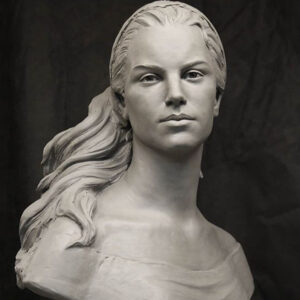
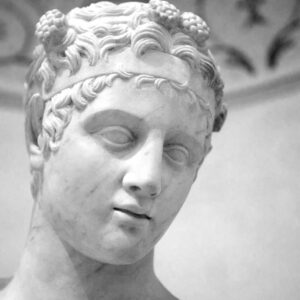
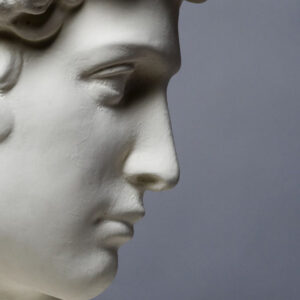
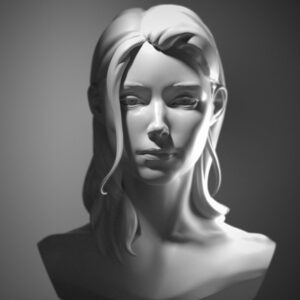

 Turkish
Turkish Français
Français Deutsch
Deutsch